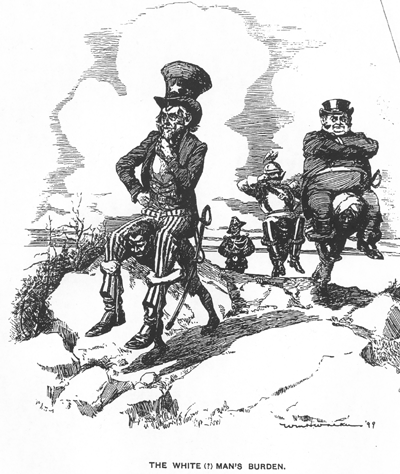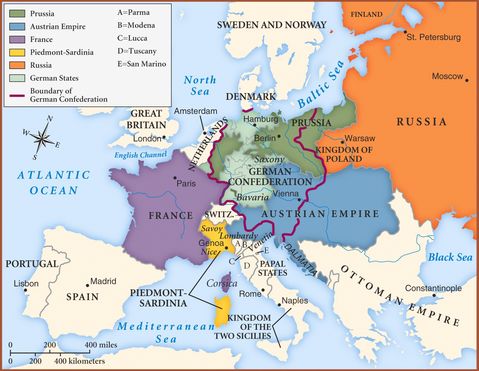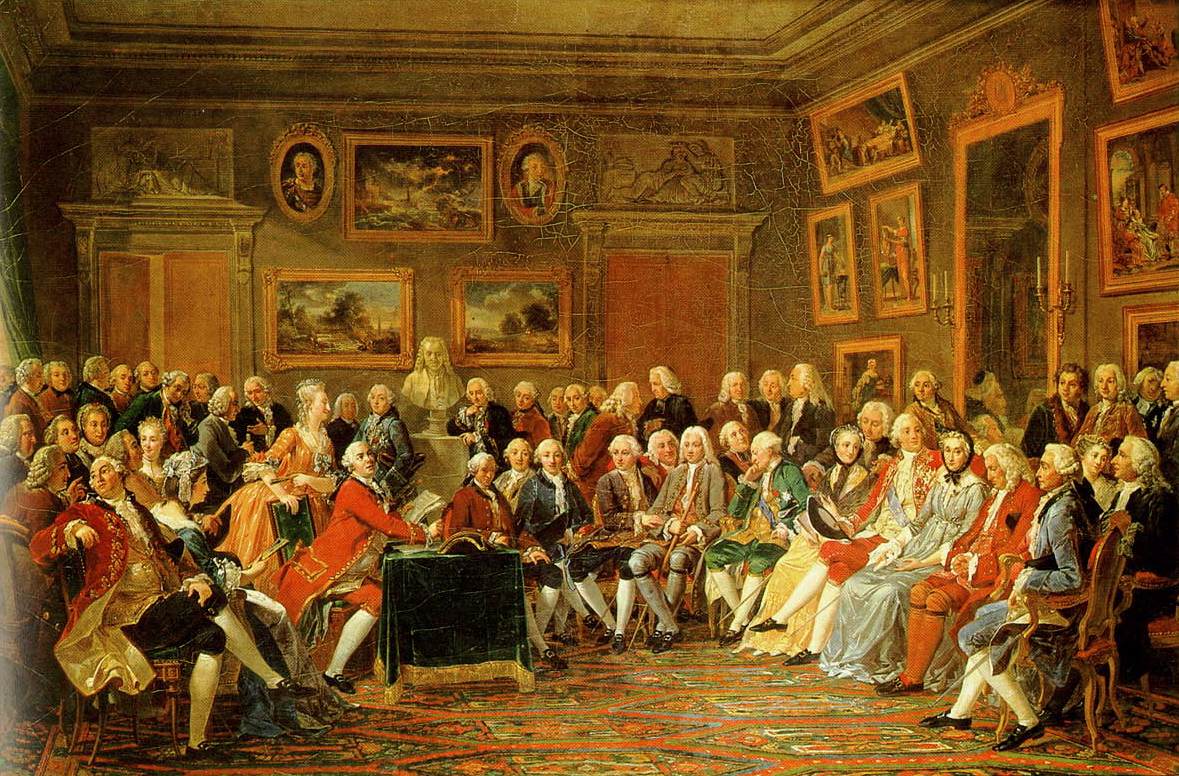First of all, Paqui has said us that we have already finished the contents of the exam, that's, the Russian Revolutions and the USA, so we have started with Fascist Italy.
 |
| Source: http://articulatingideas.blogspot.com.es/2015/06/what-is-fascism.html |
 |
| Source: https://es.wikipedia.org/wiki/Irredentismo_italiano |
At this time, Italy was a monarchy with Victor Emmanuel III as king, and some postwar problems took place, which were the reason for the beginning of some extremist ideologies during the Two Red Years. The extremists were supported by the bourgeoisie because they feared the revolution.
 |
| Source: https://softmorningcity.wordpress.com/tag/dh-lawrence/ |
 |
| source: timerome.com |
Now we are going to talk about another beautiful person: Mussolini. Mussolini was a former Socialist who had been expelled from the party foor supporting the participation of Italy in the WW1, so he created the Fasci Italini di Combattimento in 1919. It was an extreme right group who had a paramilitary group called thee Blackshirts because they used black shirts to be recognized. They used to use violence for everything, even to threat workers. But they could do this because they were supported by shock troops.
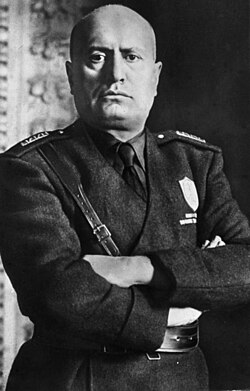 |
| MUSSOLINI, source: wikipedia.org |
 |
| BLACKSHIRTS, source: pinterest.com |
They also had an emblem copied from the Roman Empire. It's the fasces. The name Fascist comes from here.
 |
| Source: commons.wikipedia.org |
They later created a National Fascist Party (1921), characterized by rejecting every existing ideology. Proposals: antidemocratic, antiparliamentary, anti-communist ideology, defense of the private property, strong State, agressive foreign policy and the use of violence. They got the support of the petty bourgeoisie, big landowners and industrialists abd they were tolerated by the Church and the King, but as the majority of the voters were workers they didn't obtain good results in the elections.
After this, they prepared a demonstration of their force to the State (March on Rome). Fascists demanded power and threatened with using violence against the government. The king feared this and instead sending them to prison, he gave power to the Fascists, (Congrats, Victor, you're stupid).
| Source: wikipedia.org |
Apart from this, we have been talking about the insects plague we have in our houses right now. They go to the light, so close your windows!!!! Take also care if you go to Sout America because as you know, Zika is happening. It can cause microcephaly in babies.
 |
| Source: bbc.com |
NEW VOCABULARY:
Mutilated victory: Victoria mutilada.
Bitter: Amargo.
Unredeemed territories: Territorios irredentos.
The Two Red Years: Bienio rojo.
Corporal: Cabo.
Paramilitary: Paramilitar.
Blackshirts: Camisas negras.
Shock troops: Tropas de choque.
Emblem: Símbolo.
March on Rome: Marcha sobre Roma.
Demonstration: Manifestación.
Cocky: Chulito, gallito.
--------------------------------------------------------------------------------------------------------------------
RECOMENDATION OF THE DAY:
FILM: Novecento.
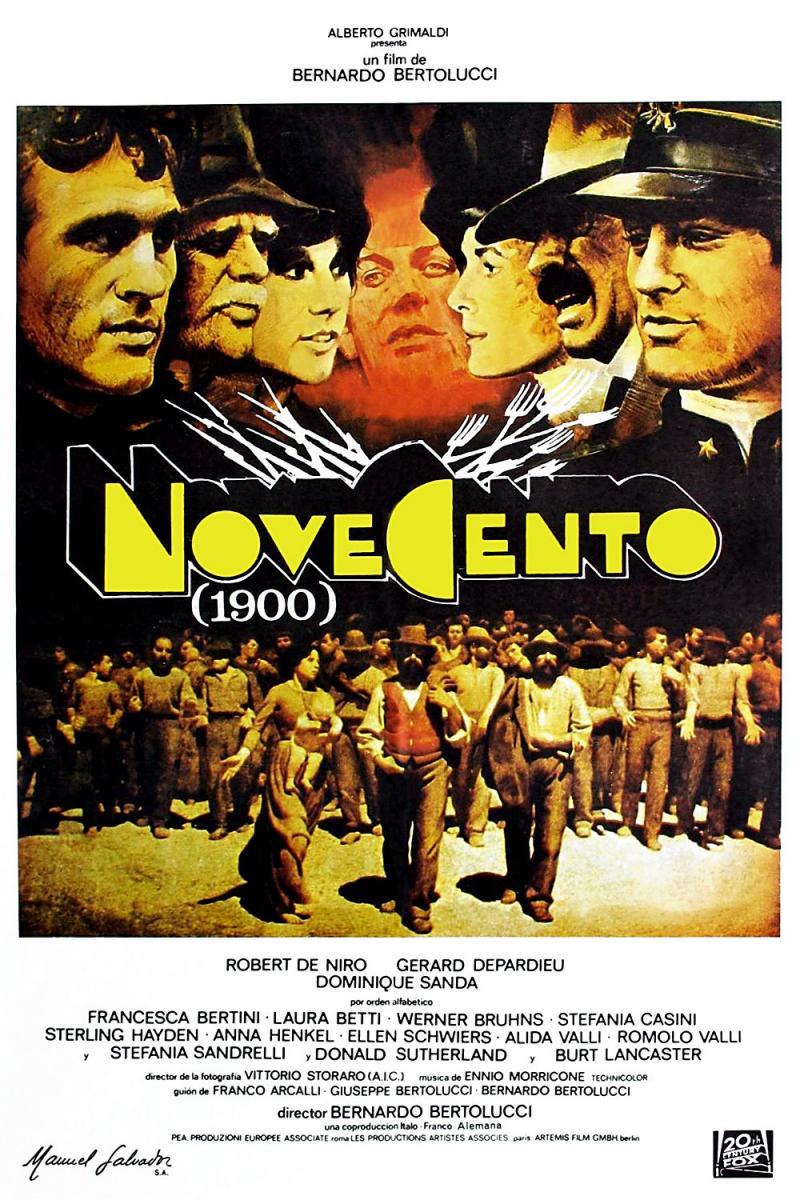 |
| Source: |
